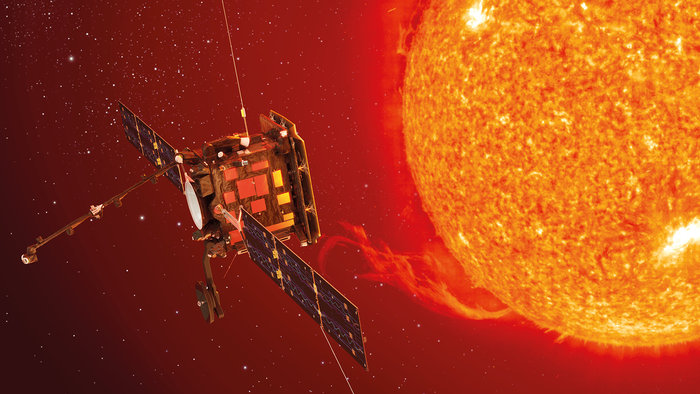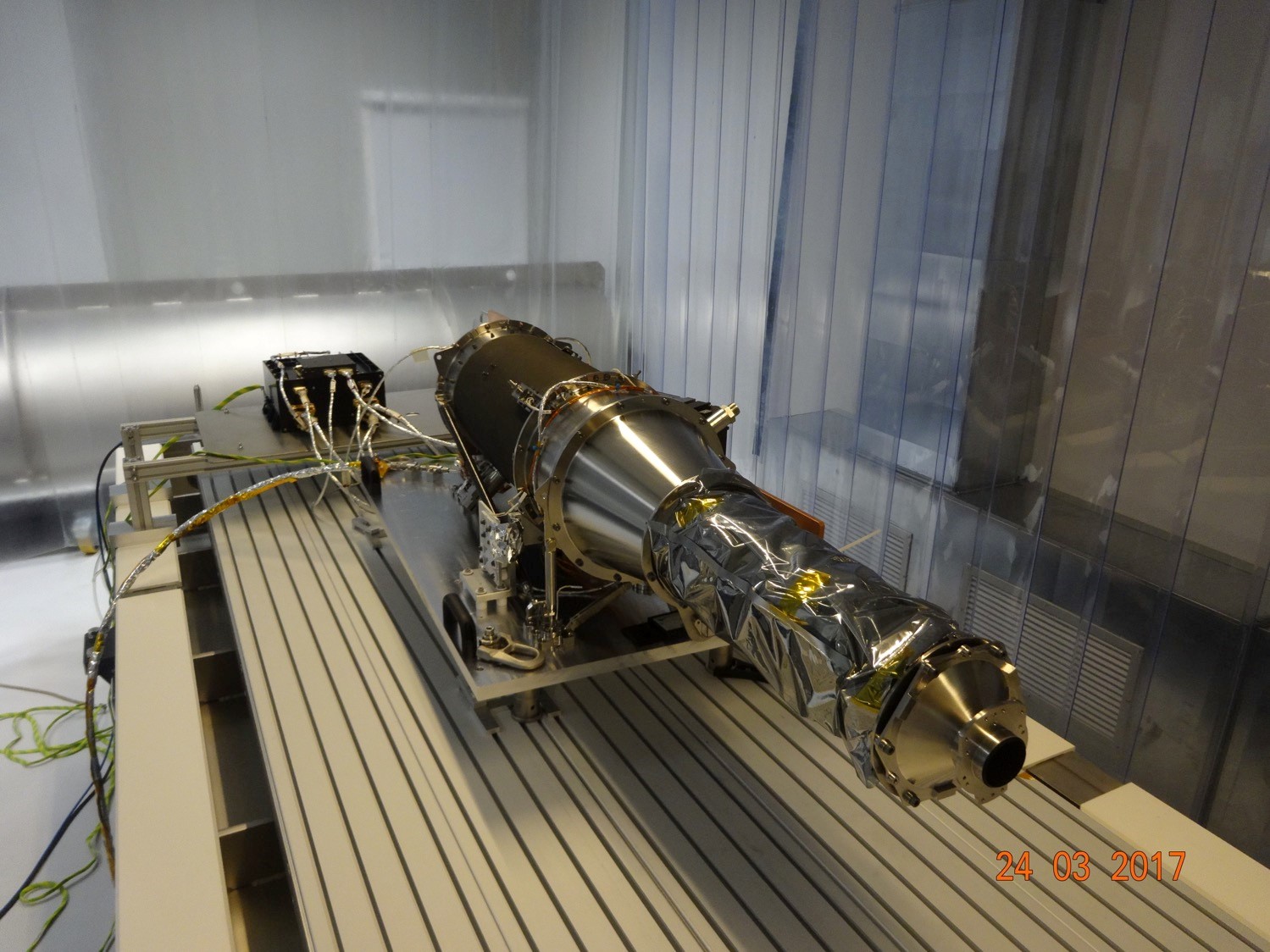Solar Orbiter is a mission dedicated to solar and heliospheric physics, selected as the first medium-class (M1) mission of ESA’s Cosmic Vision 2015-2025 Programme and with strong NASA participation.

Thanks to a set of ten in-situ and remote-sensing instruments (providing information about the solar wind, the heliospheric magnetic field, the solar energetic particles, the transient interplanetary disturbances and the Sun’s magnetic field), and to the unique inner-heliospheric mission orbit, Solar Orbiter will address the central question of how the Sun creates and controls the heliosphere.
Scheduled for launch in February 2020, it will reach its highly elliptic operational orbit (1.2-0.28 AU from the Sun) by using gravity assist manoeuvres at Earth and Venus, in order to reach an inclination to the solar equator higher than 30°, providing also observations of the polar regions.
IASF-Milano has been involved in the design and realization of one the remote-sensing instrument, the UV/visible coronagraph Metis. Its objective is the simultaneous investigation of the solar corona in polarized visible light and in ultraviolet: the instrument simulates a solar eclipse by occulting the disk of the Sun in order to observe the faint coronal light, which is at least one millionth dimmer than the disk light.

Metis has been delivered to ESA (https://www.media.inaf.it/2017/05/22/metis-alla-scoperta-della-corona-solare/), integrated in the spacecraft and it is now undergoing the last tests before launch, while the team is now working on the planning of the on-orbit operations.
